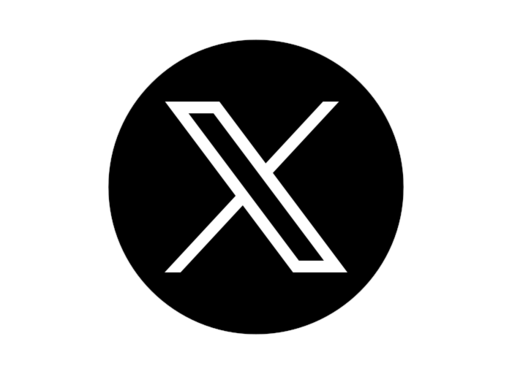Physiological responses of batsmen during a simulated One Day International century
DOI:
https://doi.org/10.17159/2078-516X/2016/v28i2a1574Abstract
Background: There is a limited amount of literature on the
physiological cost of batting. Of the studies that have been
completed, most have used protocols that are of short duration
and high intensity, and it has been questioned whether this
represents actual game play. Furthermore, it is difficult to study
sports such as cricket due to the intermittent nature of the game.
Objective: To determine the physiological responses of batsmen
during a simulated One Day International century.
Methods: Seventeen male batsmen from the Rhodes University
Cricket Club performed a simulated batting work bout known
as the BATEX© protocol. The protocol consisted of six, five overs
stages, each lasting 21 minutes. Three of the stages (stages one,
three and five) were low-intensity stages and the other three
(stages two, four and six) were high-intensity stages. During the
work bout selected physiological responses were recorded..
Results: Heart rate (124±15-159±14 beats.min-1), oxygen uptake
(29.3±6.1-43.4±6.3 ml.kg-1.min-1), energy expenditure (48.1±9.2-
109.2±10.5 kJ.min-1) and core temperature (37.7±0.3-38.7±0.4 oC)
responses all increased significantly (p<0.05) between stage
one and stage six. The respiratory exchange ratio decreased
significantly (p<0.05) between stages one and six (0.90±0.19-
0.89±0.37).
Conclusions: Batting is more physically demanding than
originally thought, and as a result training programmes should
concentrate on simulating real match play situations to improve
performance and reduce the risk of injury.
Downloads
Downloads
Published
Issue
Section
License
Copyright (c) 2016 South African Journal of Sports Medicine

This work is licensed under a Creative Commons Attribution 4.0 International License.
The South African Journal of Sports Medicine reserves copyright of the material published. The work is licensed under a Creative Commons Attribution 4.0 (CC BY 4.0) International License. Material submitted for publication in the South African Journal of Sports Medicine is accepted provided it has not been published elsewhere. The South African Journal of Sports Medicine does not hold itself responsible for statements made by the authors.
How to Cite
- Abstract 448
- PDF 605






.png)